French-Lebanese Architect Annabel Karim Kassar On Restoring The Magnificence Of Old Beirut
By Something CuratedFrench-Lebanese architect Annabel Karim Kassar’s architectural practice, AKK, was founded in Beirut in 1994. At the end of the Lebanese Civil War, AKK was declared joint winner of an international competition to rebuild the Souks, the traditional marketplace at the heart of old Beirut. Kassar’s architecture combines a modernist vocabulary with the detailed craftsmanship and aesthetic of traditional Arab, Berber and Ottoman culture. Her career has been devoted to exploring the frontier between Eastern and Western design in a series of major building projects across North America, the Levant, and the Gulf. Kassar believes that the emotional, humanistic approach to designing interior spaces found in traditional cultures still has much to teach the modern world. She is now on a personal crusade to restore one of the few remaining classic Ottoman-Venetian houses left in old Beirut. Employing traditional craft skills, Kassar is pursuing this endeavour following serious damage caused by the city’s 2020 explosion. Exploring the project through the format of an exhibition, Kassar presents The Lebanese House: Saving a Home, Saving a City, now open at the Victoria and Albert Museum, London, and running until 21 August 2022. To learn more about her work, Something Curated spoke with the architect.
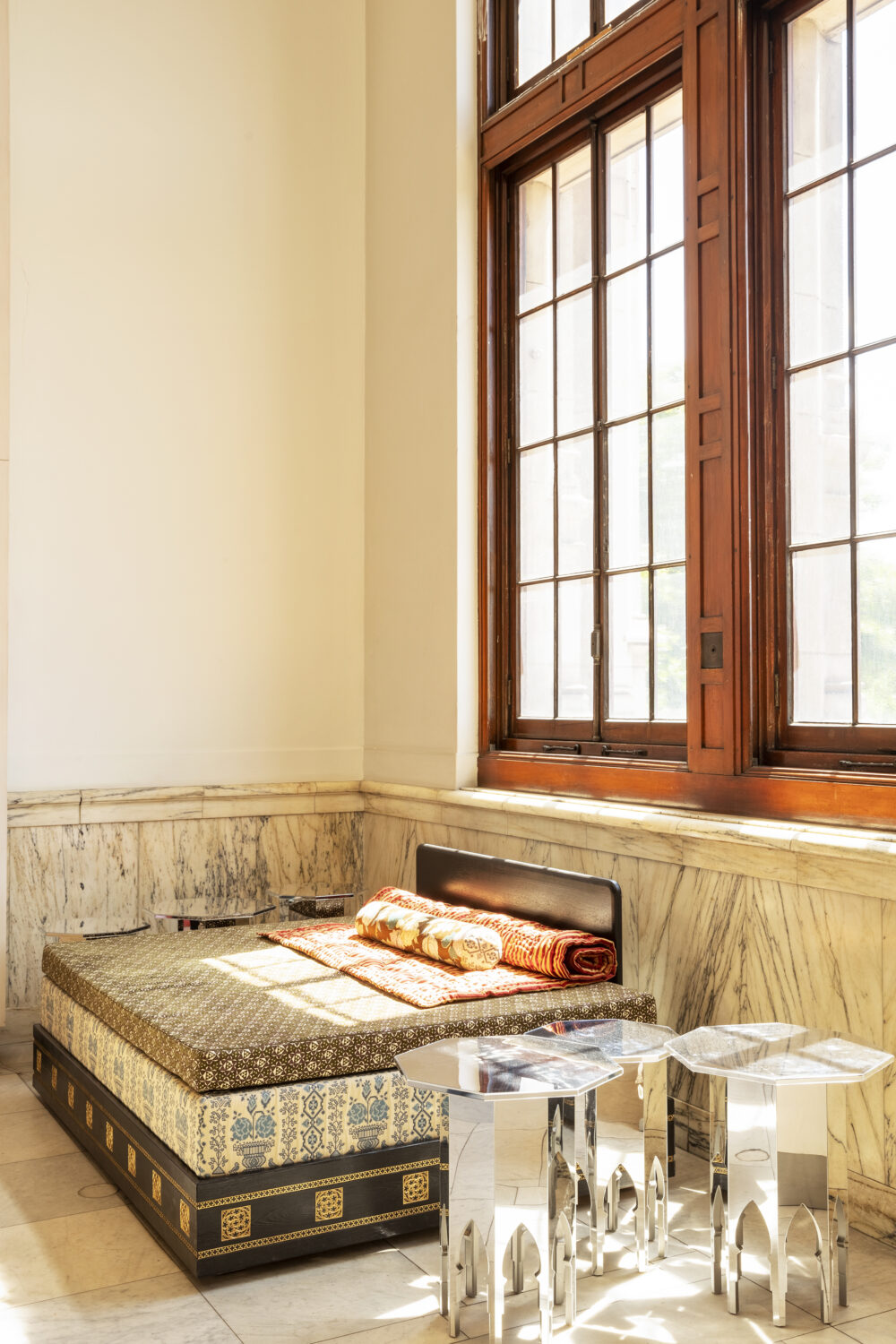
Something Curated: Can you give us some insight into your background and journey to architecture?
Annabel Karim Kassar: I am a French-Lebanese architect, grounded in European sensibilities yet open to absorbing multicultural experiences from around the globe. Not just the experiences of the rich elite but the essences of everyday life. I have lived and worked and even raised a family while living in many different countries and cities. In Morocco, the Middle East, Lebanon and now London. This amazing cultural heritage has influenced each of my projects. I am open to culture, tradition, and innovation, rather than any so-called signature “look” or style.
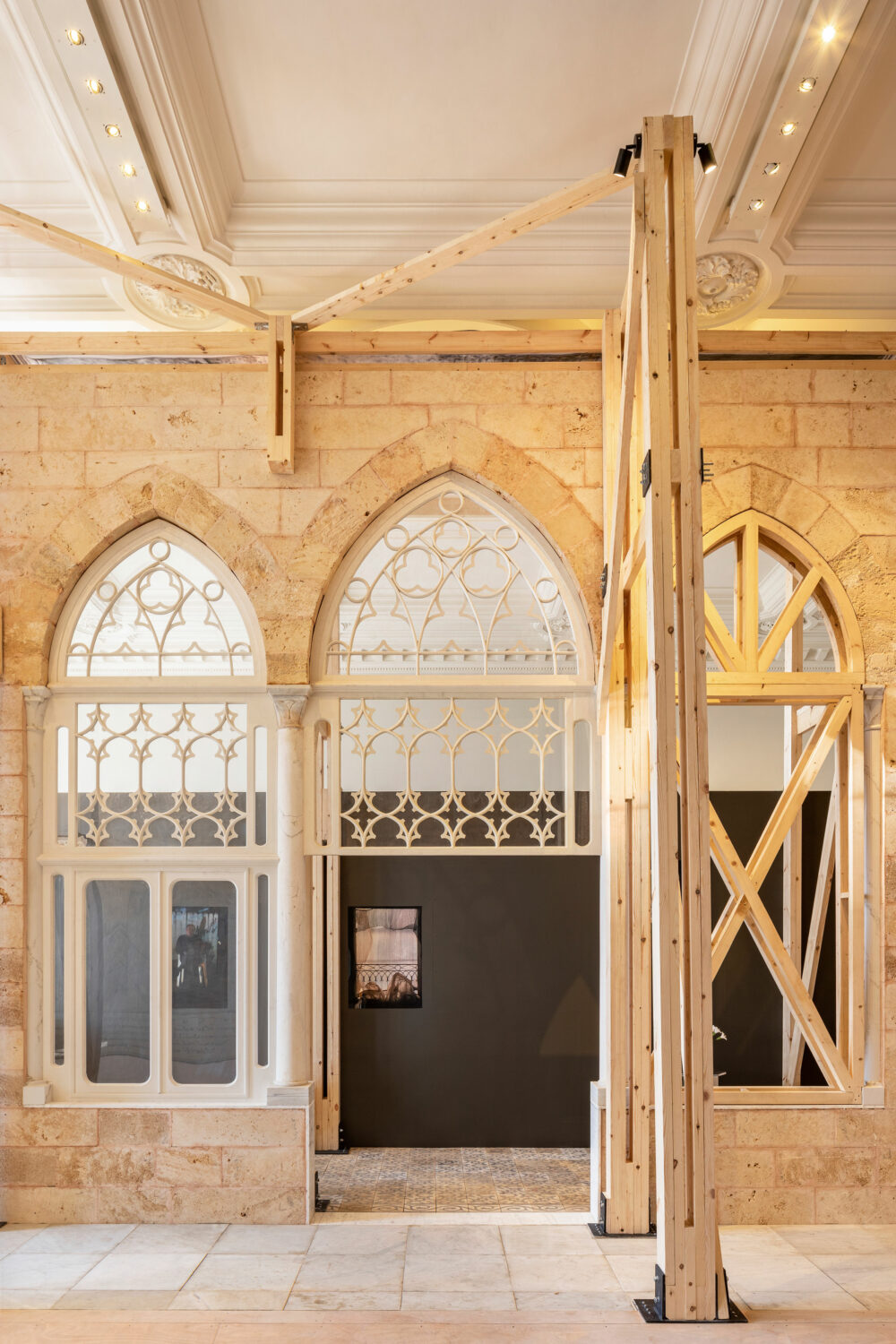
SC: What inspired you to found AKK in 1994 and how would you describe the practice’s ethos?
AKK: After working for several architects and the city of Paris, I founded my first practice in Paris in 1994 and currently have offices in Beirut, Dubai (Annaka FZCO) and London. I spent almost two decades in Beirut before coming to London. I am very atypical as a designer. Deep down I’m an architect, highly structured, extremely logical, and rigorous. I have a scientific, mathematical background. But at the same time, I constantly question myself, forcing myself to take the risk of new adventures and researching new ideas. It’s almost a psychoanalytical approach to designing. As a result, I am not led by technology or by fashion.
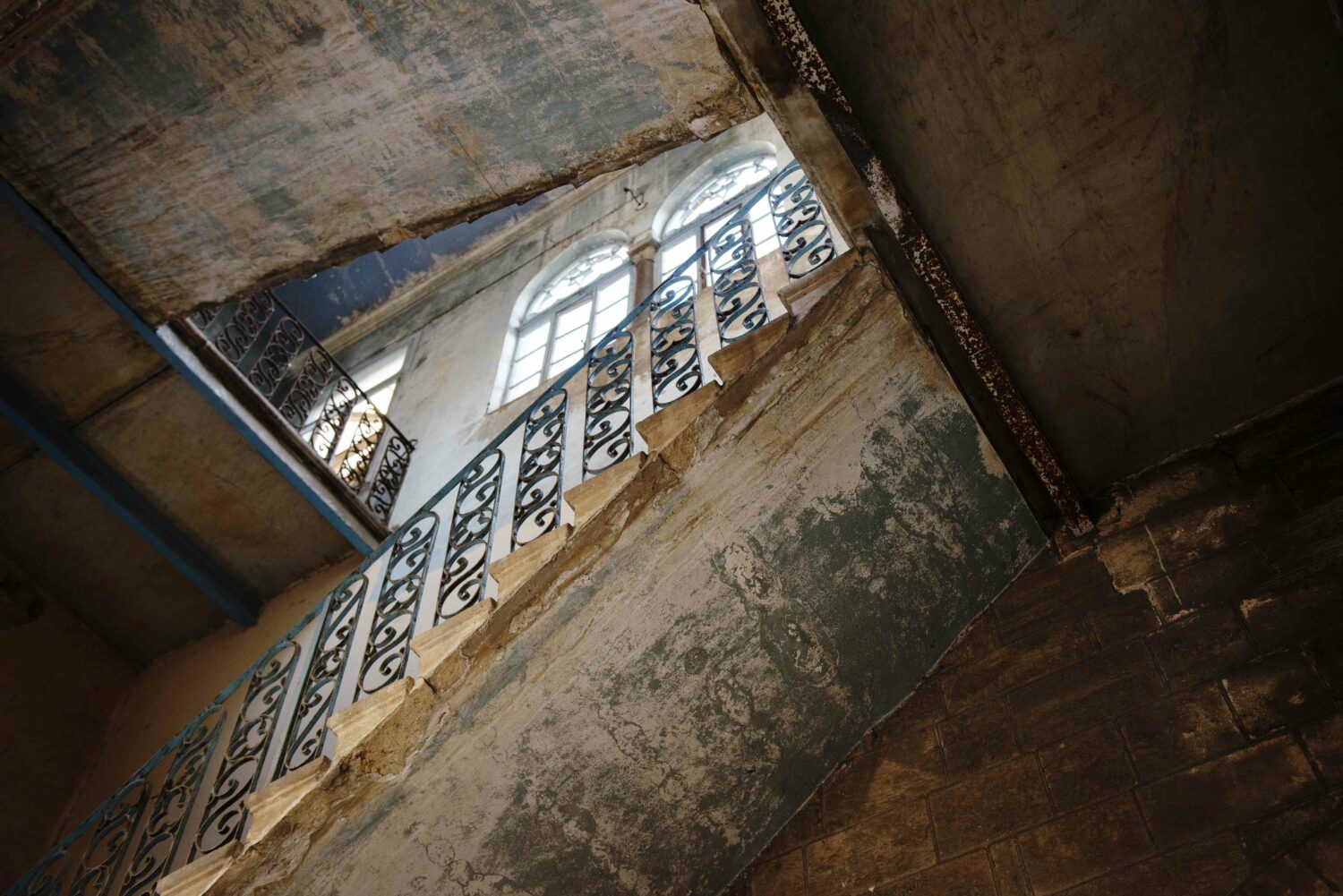
SC: Can you tell us about your plans to restore one of the few remaining classic Ottoman-Venetian houses left in old Beirut; why is this project such a personally important undertaking for you?
AKK: The preservation project aims to rescue a rare example of nineteen-century Beiruti architecture. The aesthetics of the Ottoman era – their scale, elegance, and craftsmanship – permeate the consciousness of the Lebanese people and their Mediterranean culture. Preserving the building is close to my heart. To my mind, this is an important countercultural move in an era which has seen a self-effacing wave of modernisation sweep Beirut. This project allows me to experiment and take risks with the construction. Due to the current turmoil in Lebanon, the project is suspended. But once completed it will be an original take on modern living, with rooms arranged and furnished in a contemporary and surprising way. For me it is important that we show not only the beauty of historical architecture, but how well it can be a part of our modern lives. Central to this project, I surround myself with carefully chosen craftsmen and know-how. I meet extremely talented artisans across the globe. I strongly believe in these encounters as a way of informing the design process.
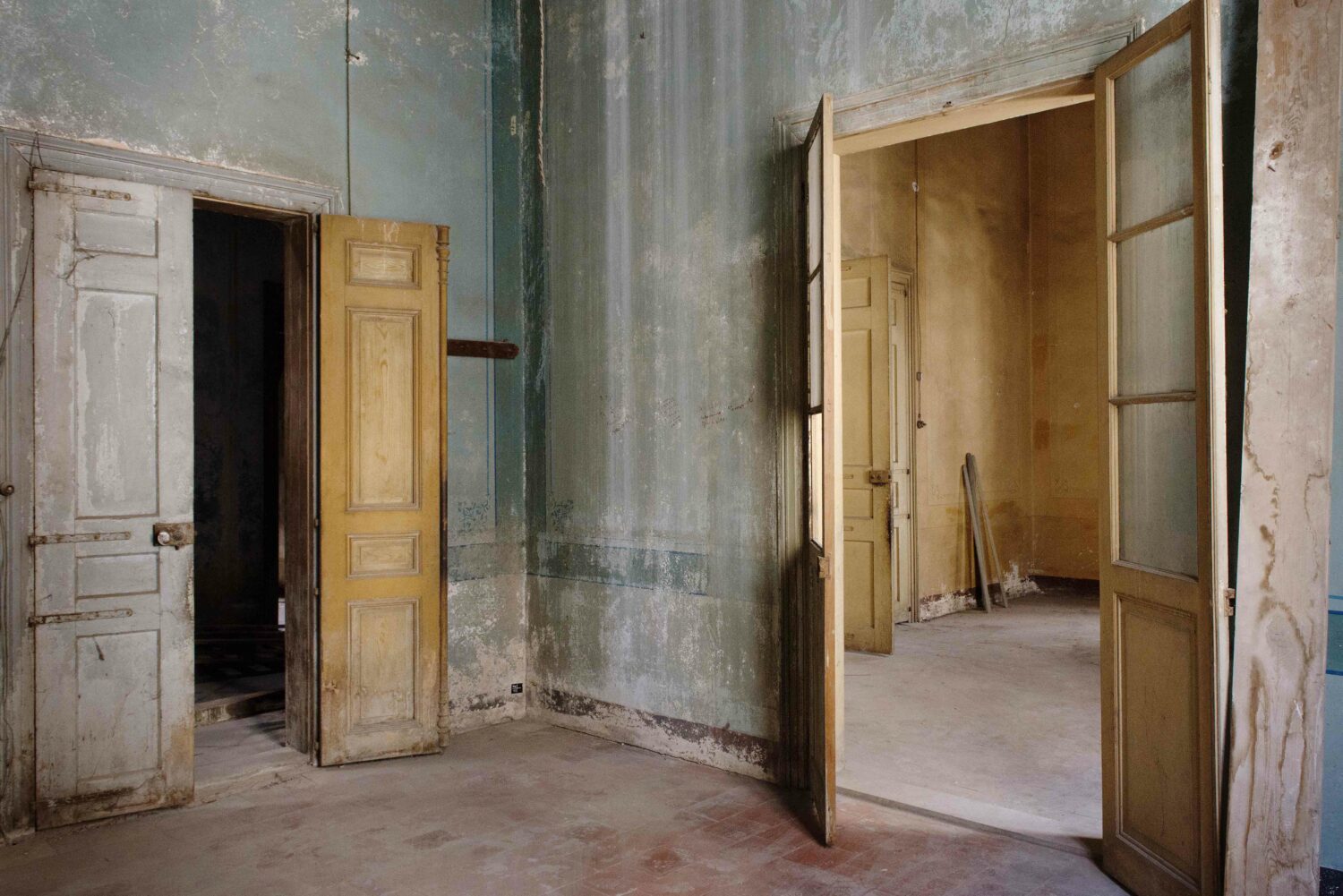
SC: How did you approach creating the installation, The Lebanese House: Saving a Home, Saving a City, at the V&A? And what do you hope to achieve with the presentation?
AKK: The V&A was established in 1852 to make works of art available to all and to inspire British designers and manufacturers, with a collection of over 2.3 million objects, unrivalled in their scope and diversity, spanning 5000 years of creativity. Today, its purpose is to champion creativity, inspire the next generation, and spark everyone’s imagination. The opening of The Lebanese House coincides with the London Festival of Architecture in June. The exhibition seeks to explore the festival’s central theme, Act, by encouraging visitors to participate in the collective rebuilding of the city. The aim of this installation is mainly to use the building as an example about different ways to investigate the effect of the port explosion and its impact on the buildings in some parts of the city.
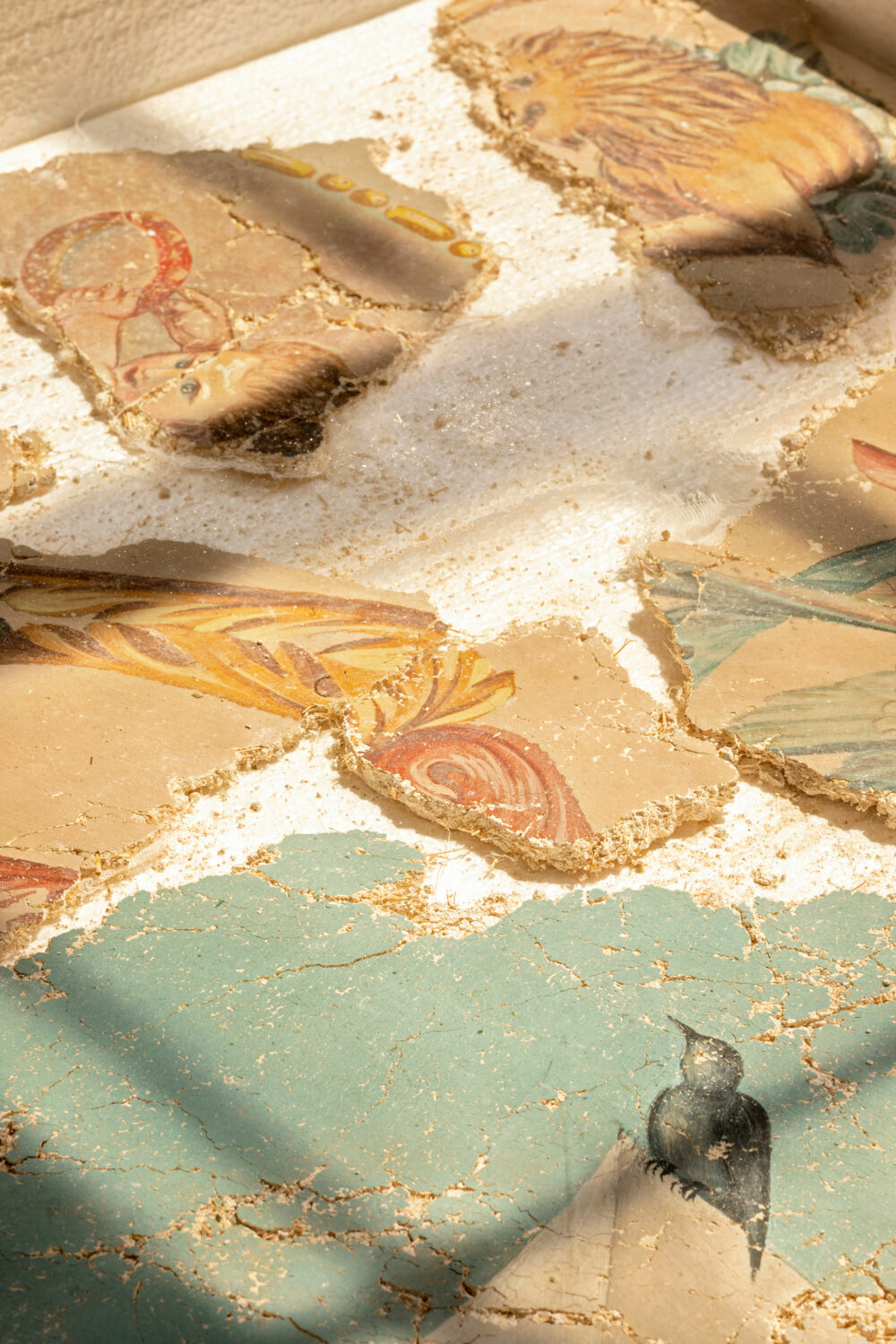
We are not only presenting the installation, but we are also showing four films (No More Colours; Resonance; Memories and the fourth one showing the live installation) where visitors can watch from an upholstered podium. The visitors can watch the human experience of the explosion on people in their neighbourhoods filming their homes. The movies will try to explain the emotional impact of the explosion by interviewing people elsewhere in the city and trying to analyse the effect of the explosion on the ravaged urban fabric. A traditional diwan upholstered with a mishmash of fabrics, created to remind us of the diversity of urban design, is also part of the installation.
Feature image: The Lebanese House, Beirut. Photo: Colombe Clier